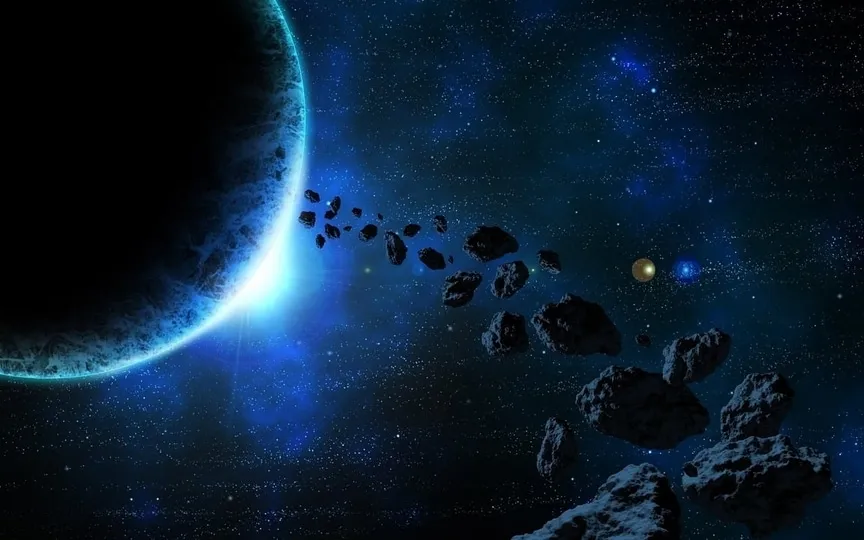Unlock the Secrets of Space: NASA’s Lucy Mission Makes Incredible Progress!
NASA’s Lucy mission has made significant progress in its journey towards Asteroid Dinkinesh through precise maneuvers, but it is currently experiencing a communication blackout as it moves behind the Sun. The team, led by principal investigator Hal Levison, is working diligently, with mission management handled by NASA’s Goddard Space Flight Center and spacecraft construction undertaken by Lockheed Martin Space.
Over the past month, the Lucy Mission spacecraft team has observed that asteroid Dinkinesh brightens as the spacecraft approaches, along with a consistent variation in brightness that indicates a 52.7-hour orbital period.
Since Lucy first observed the asteroid on September 3, NASA has used high-resolution images from the L’LORRI camera to refine the relative position of the spacecraft and the asteroid, helping to precisely navigate toward the encounter.
On September 29, a minor trajectory correction operation was performed that adjusted the spacecraft’s speed by only 6 cm/s, or about 0.1 mph. This adjustment is expected to direct Lucy to pass within 265 miles (425 km) of the asteroid.
If necessary, the team is ready to make additional adjustments at the end of October to ensure the success of the operation.
On October 6, the spacecraft passed behind the Sun from Earth’s perspective, resulting in a planned period of communication blackout. Nevertheless, the spacecraft continued to take pictures of the asteroid.
After the solar eclipse period ends in mid-October, communication with Earth continues and images taken during the power outage are sent back to Earth.
The principal investigator for the Lucy mission is Hal Levison of the Southwest Research Institute in Boulder, Colorado, which is headquartered in San Antonio, Texas.
NASA’s Goddard Space Flight Center, located in Greenbelt, Maryland, is responsible for overall mission management, systems engineering, and ensuring safety and mission success.
Lockheed Martin Space, based in Littleton, Colorado, built the Lucy spacecraft.
Lucy represents the 13th mission of NASA’s Discovery program. The program is managed by NASA’s Marshall Space Flight Center in Huntsville, Alabama, and overseen by the Science Mission Directorate at NASA Headquarters in Washington, DC.




